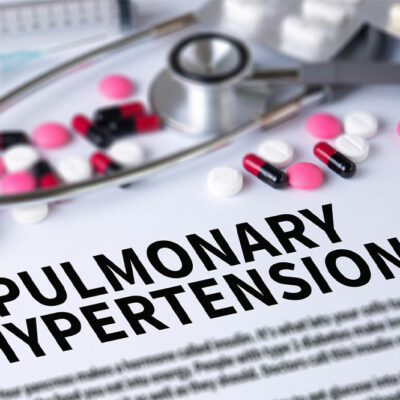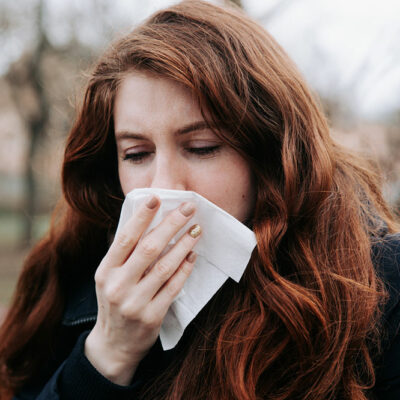
Health
Signs and Symptoms of Pulmonary Arterial Hypertension
Pulmonary arterial hypertension (PAH) is a type of high blood pressure that affects the arteries of the lungs and the right side of the heart. The disease advances at a gradual pace, which can result in it getting misdiagnosed for a general illness. Therefore, knowing the symptoms can warrant getting medical attention at the earliest. Read on to know more. Early symptoms of PAH Early symptoms are a precursor to disease. They act as warning signs that can eventually lead to the disease. These are symptoms that can go unnoticed for years. A few early symptoms of PAH include the following. 1. Shortness of breath Though shortness of breath is often caused due an unhealthy lifestyle, it is also one of the first symptoms of PAH. Generally, the arteries and blood vessels carry oxygenated blood to and from the lungs. However, people with PAH experience an abnormal increase in shortness of breath. It may occur, especially when they walk, climb stairs, clean their homes, or perform any laborious tasks that can cause heavy breathing. 2. Fatigue Shortage of blood supply to the lungs causes a shortage of oxygen supply to the brain. This can result in tiredness, hampering a person’s daily routine.
Read More 















